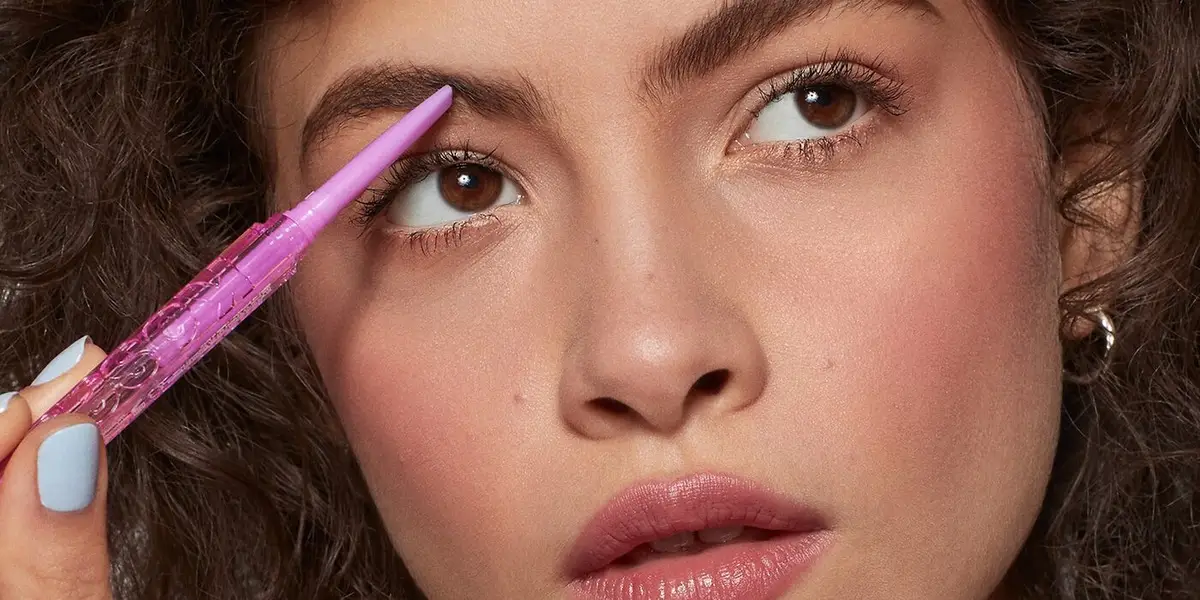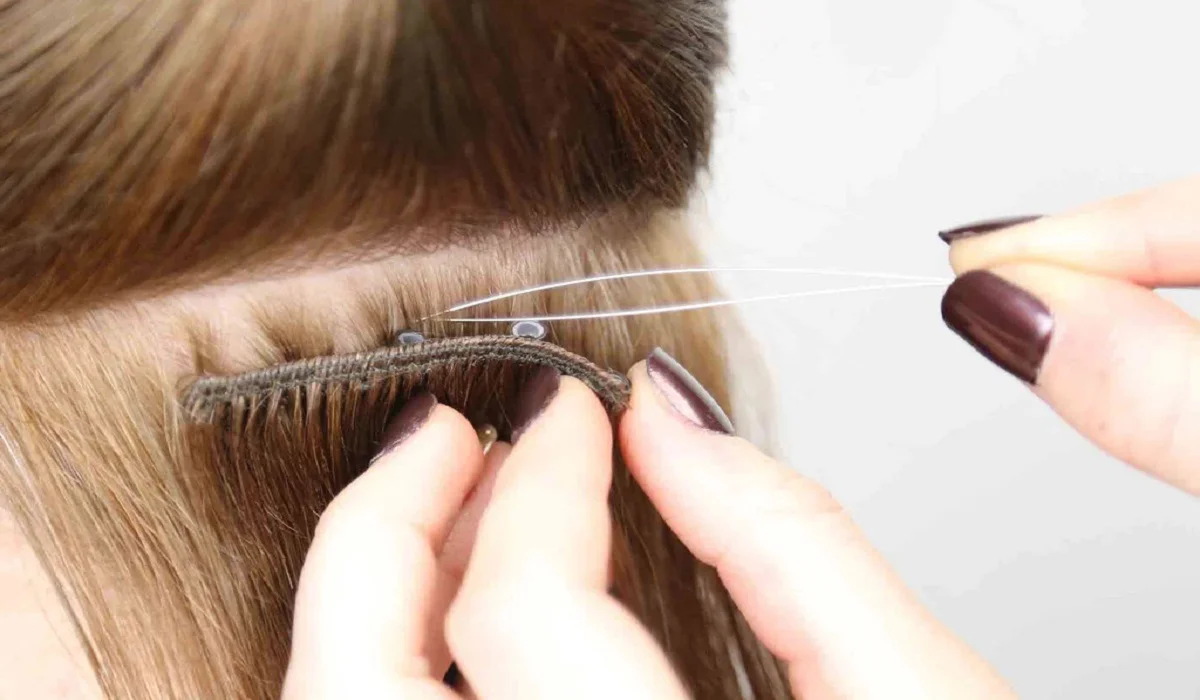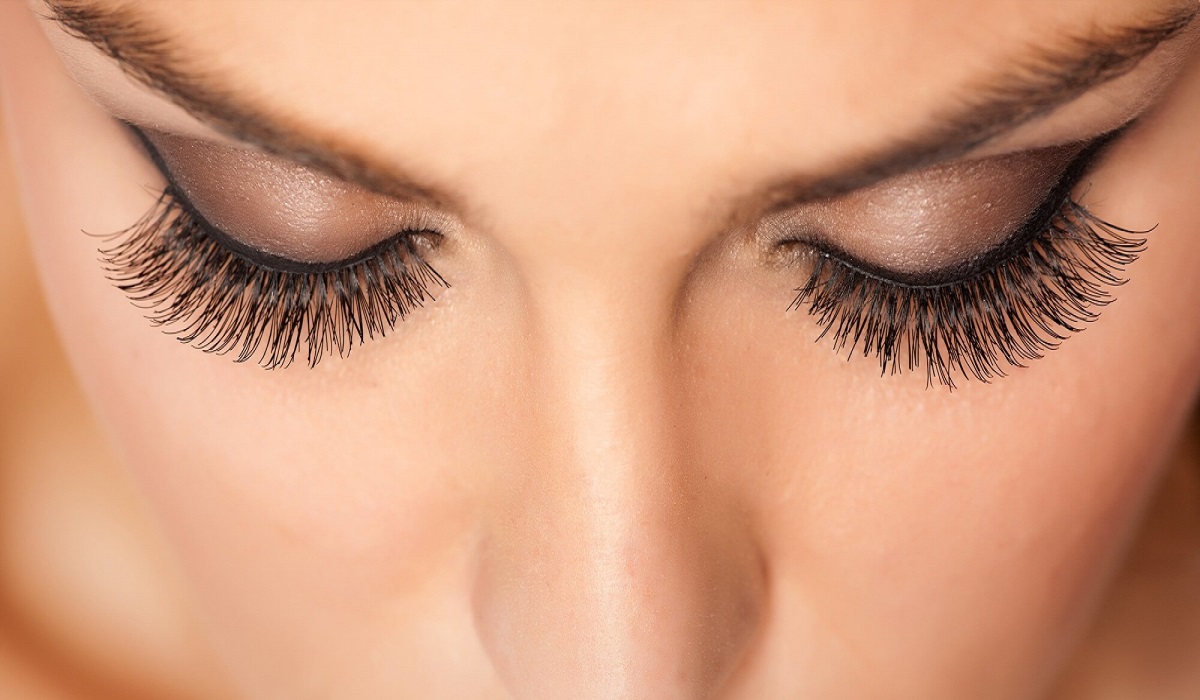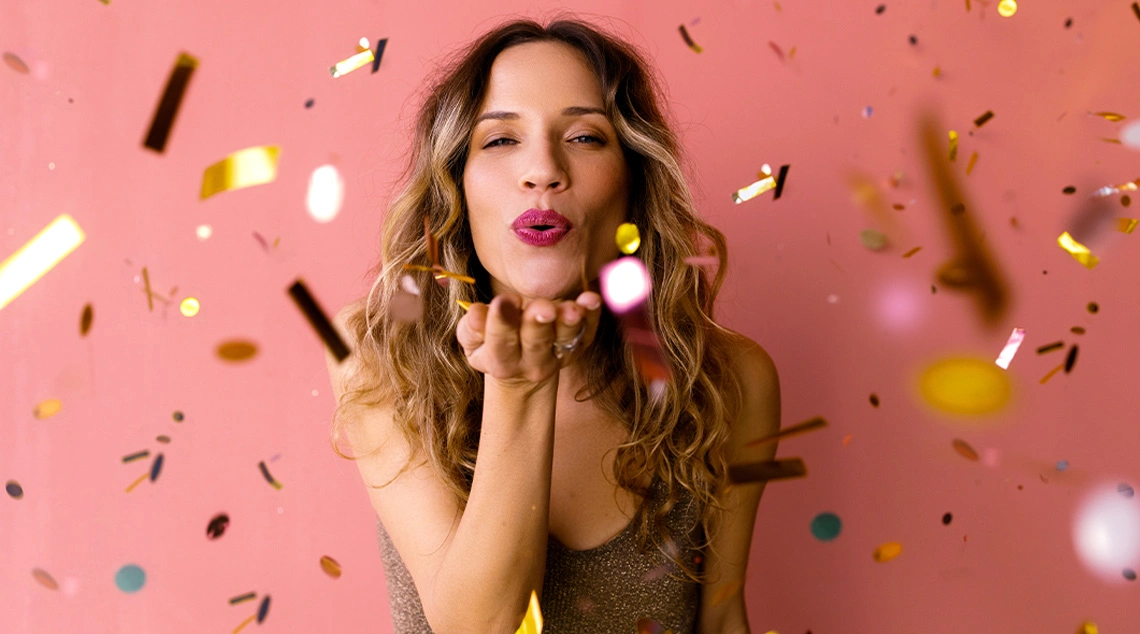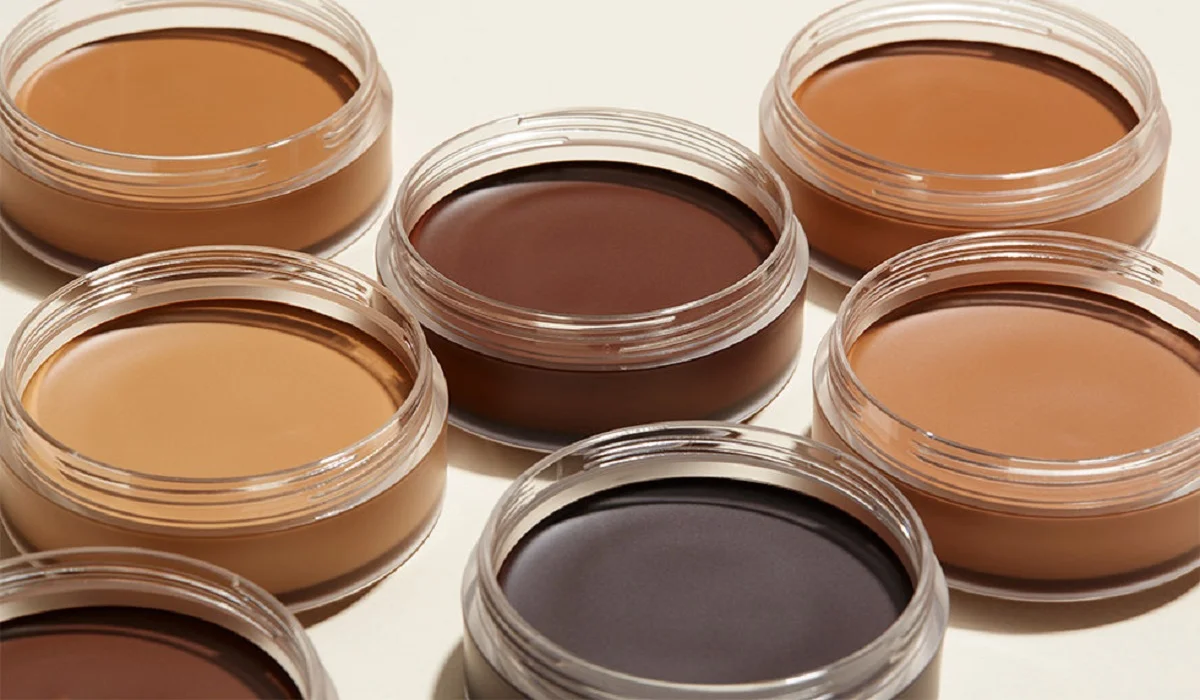Selecting your next hair color transcends mere aesthetic preferences, incorporating an intricate analysis of skin undertones, personal style, and maintenance commitment into the decision-making process. This comprehensive guide is crafted to escort you through the selection journey, ensuring a gratifying outcome.

Skin Tone Consideration
The foundation of a captivating hair color lies in the harmony between the chosen hue and your skin’s undertones. Distinguishing whether your skin radiates warm, cool, or neutral undertones is pivotal.
- For Warm Undertones: Opt for shades enriched with yellow, orange, or red bases, such as golden blondes, rich honey browns, or vibrant reds, to amplify your innate warmth.
- For Cool Undertones: Seek out hues embedded with blue, purple, or green undertones, including ash blondes, cool browns, or jewel-toned reds, to complement your skin’s cooler shades.
Harmonizing with Natural Hair Color
Embracing your inherent hair color can yield more natural, flattering outcomes. Techniques like balayage or highlights can subtly enhance your original color. For a bolder statement, consider hues at the opposite end of your natural spectrum.
Hair Color Trends for 2023/2024
Keep abreast of the latest trends to spark your hair color transformation. This season, we’re witnessing a renaissance of pastel shades, bold colors, and a nod to naturalistic hues. From the ethereal softness of lavender to the deep allure of cobalt blue, there’s a trendsetting shade awaiting your discovery.
Maintenance of Color Vibrancy
To preserve the luminosity and health of your colored hair, invest in products specifically formulated for color-treated hair and adhere to a schedule for touch-ups.

Color Psychology
A change in hair color can significantly alter perceptions and affect your mood. Grasping the psychological impact of different shades can assist in selecting a color that not only enhances your appearance but also elevates your confidence.
Temporary vs. Permanent Dyes
Your commitment level and willingness to experiment play crucial roles in deciding between temporary and permanent coloring options. Temporary dyes provide a risk-free avenue for exploration, whereas permanent dyes cater to those seeking enduring change.
DIY vs. Professional Coloring
While home dyeing kits offer a cost-effective alternative, professional salon services deliver expertise and consistently superior outcomes, especially for complex colors and techniques.
Influence of Hair Texture and Type
Your hair’s texture and type can affect color absorption and reflection. Coarser hair may necessitate stronger or more prolonged treatments, while finer hair might quickly become saturated with color.
Selecting a Complementary Hair Color
To identify a hair color that flatters, factor in your lifestyle, maintenance preferences, and seasonal changes, allowing your hair color to evolve alongside your dynamic lifestyle.
Importance of Allergy and Strand Tests
Conducting allergy and strand tests before dyeing is essential for ensuring safety and predicting the color outcome, preventing adverse reactions and unforeseen results.
Hair Health Post-Coloring
Although coloring can impact hair health, implementing deep conditioning treatments and protective styling can help maintain its vitality and vibrance.
Enhancement Through Highlights and Lowlights
Incorporating highlights or lowlights can introduce depth and movement, offering a spectrum of effects from subtle to dramatic.
Correcting Color Mistakes
While dye mishaps are rectifiable, a range of solutions from color removers to professional correction services exist to address nearly any issue.
Personalizing Your Color
Experimenting with shade mixing or avant-garde coloring techniques like ombré or color blocking can customize your look, imbuing it with uniqueness.
Demystifying Hair Coloring Myths
Addressing common misconceptions about hair coloring is crucial for setting realistic expectations and achieving desired results.
Preparation for Hair Color Change
Thorough preparation, from shade selection to maintenance understanding, is key to a fulfilling hair color transformation.
In conclusion, your choice in hair color should reflect not just a style preference but a carefully considered decision that aligns with your skin tone, lifestyle, and personal identity. Consulting with a professional stylist can ensure your chosen hue not only complements but also confidently expresses your individuality.

